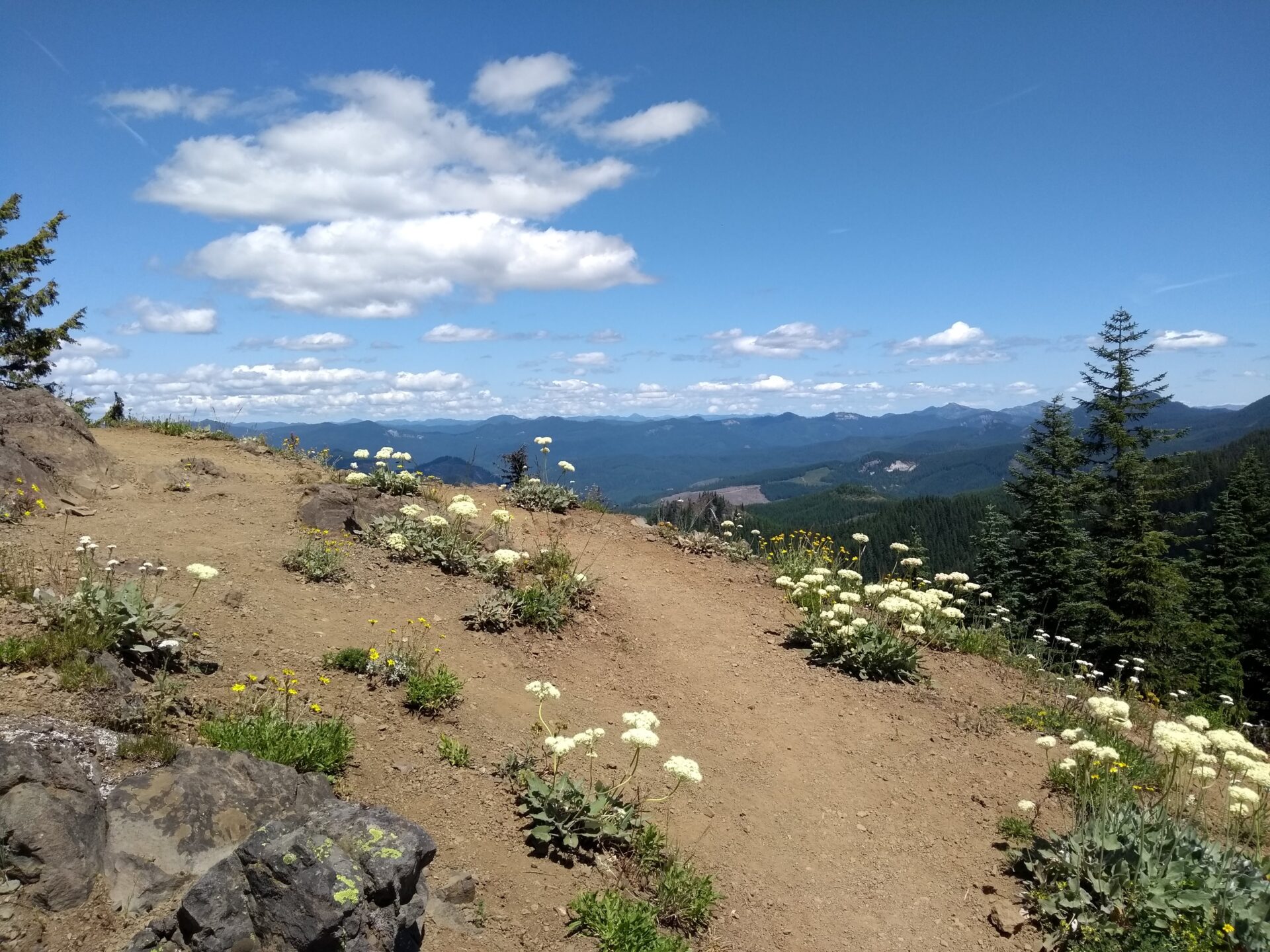A comparative analysis of natural vegetation types and protected land management mechanisms.
In the United States, protected lands are diverse and varied in size, ownership, designation and management. To better understand the contributions of various land protection mechanisms to protecting natural vegetation types, we assessed the contribution of fee-simple lands and easements across the conterminous United States, emphasizing the contribution of conservation easements to the overall protection of habitat within the protected lands network. The most recent version of Existing Vegetation Type (EVT 210) released by LANDFIRE, the Protected Areas Database (PAD-US (CBI Edition) Version 2), and the National Conservation Easement Database (NCED) were used to characterize the current state of natural vegetation in the protected lands network. Protected lands are often narrowly defined as lands with permanent protection that are managed to maintain a natural or nearly natural state. For this spatial analysis, however, we evaluated these lands as one of three protected land categories, along with land that is permanently protected and allows multiple uses including some extractive uses (second category) and conservation easements (third category). The additional categories were included to more completely describe the protection status of natural vegetation in the United States.




